DID the dairy industry get a good deal out of the Murray Darling Basin Plan, now that it has been signed into law?
Dairy Australia’s water policy analyst Claire Miller posed this question to the large crowd at the Murray Dairy business forum at Moama last week.
“It comes down to whether you are a glass half full or empty person,” she said.
“It is going to be a challenge, but it’s certainly not insurmountable for dairy farmers to adjust to what the changes will be.”
The plan calls for 2750 gigalitres of water to be recovered by 2019, but 1577GL has been already been recovered.
One of the most significant changes to be made on the final draft was the addition of the Sustainable Diversion Limit (SDL) adjustment mechanism.
“This allows for it (the SDL) to be adjusted up or down by five per cent,” she said.
“This translates to 544GL in either direction. So the actual water recovery could range anything from 2206GL to 3294GL.”
Ms Miller said the government would be undertaking more buybacks, but at a moderate pace.
“There is an implicit cap at 1500GL, provided everything else comes through,” she said.
But what exactly does the final plan mean at an on-farm level?
“The reliability of your water entitlements will remain the same,” she said.
“I guess if you have entitlement meets your needs, it will be pretty much business as usual.”
However, a total of 26 per cent less water will be allocated to agriculture on average in the southern connected basin.
And it is this figure that could have implications on water pricing.
Water companies including Goulburn Murray Water and Murray Irrigation Limited (MIL) would feel cost pressure on prices, because the companies will have less water flowing through their systems.
“This has a bearing on revenue and therefore could drive up prices,” she said.
However, dairy should be in a competitive position.
“So if you are competing on the temporary market for water, you will outbid a lot of other industries,” Ms Miller said.
But in regards to the temporary market, she warned there would be times of year or longer periods when water would be scarce.
“It will be competitive and you will be competing with horticulturalists,” she said.
“Conversely if dairy farmers have allocations to spare in those years, they’ll get a pretty good price for it.”
Darryl Hoey, who chaired the Australian Dairy Industry Council’s Basin Response Taskforce, said he was happy with how far the MDB Plan had come.
“It’s not ideal, but there has been progress,” he said.
But he also warned of a big spike in water prices.
“If we get back into prolonged dry seasons, the amount of available water will be less, and the price paid could be more than the last drought,” he said.
Even if there are favourable seasons, Mr Hoey said there had already been water leave the system and this would impact on prices.
“Goulburn Murray Water and MIL will have to charge more, because there is less water that can be delivered through the irrigation channels,” he said.
“By the numbers we’ve come up with, farmers could be facing a 23-25 per cent hike in water charges on top of the normal increases.”
He said the good news was if the States could achieve 650GL in environmental offsets, they would not have to revert to buybacks.
“However, this is a huge amount and they will have to work hard to get it,” he said.
Ardmona dairy farmer Jeff Odgers, who milks 440 cows with his wife Robyn in northern Victoria, has 770 megalitres of high reliability water shares.
But in times of reasonable water prices, up to 1000ML might be used for irrigation.
Mr Odgers said if they don’t carry water over, they will purchase water from the temporary market.
“What we will see now in drier times is more constrained access to water on the temporary market,” he said. “And that will result in higher prices.”
His other concern was if too many irrigation businesses were lost, it would drive up everyone else’s costs.
However, there were some flexible elements of the plan that continued to unfold.
“The dairy industry will continue to watch and engage with government as things progress,” he said.
“To the Basin community’s credit, they had a good sense of where they wanted to take the plan, and what we’ve ended up with is something much, more balanced.
“There is still very much a future for irrigation in the Basin.”
Source: Queensland Country Life





